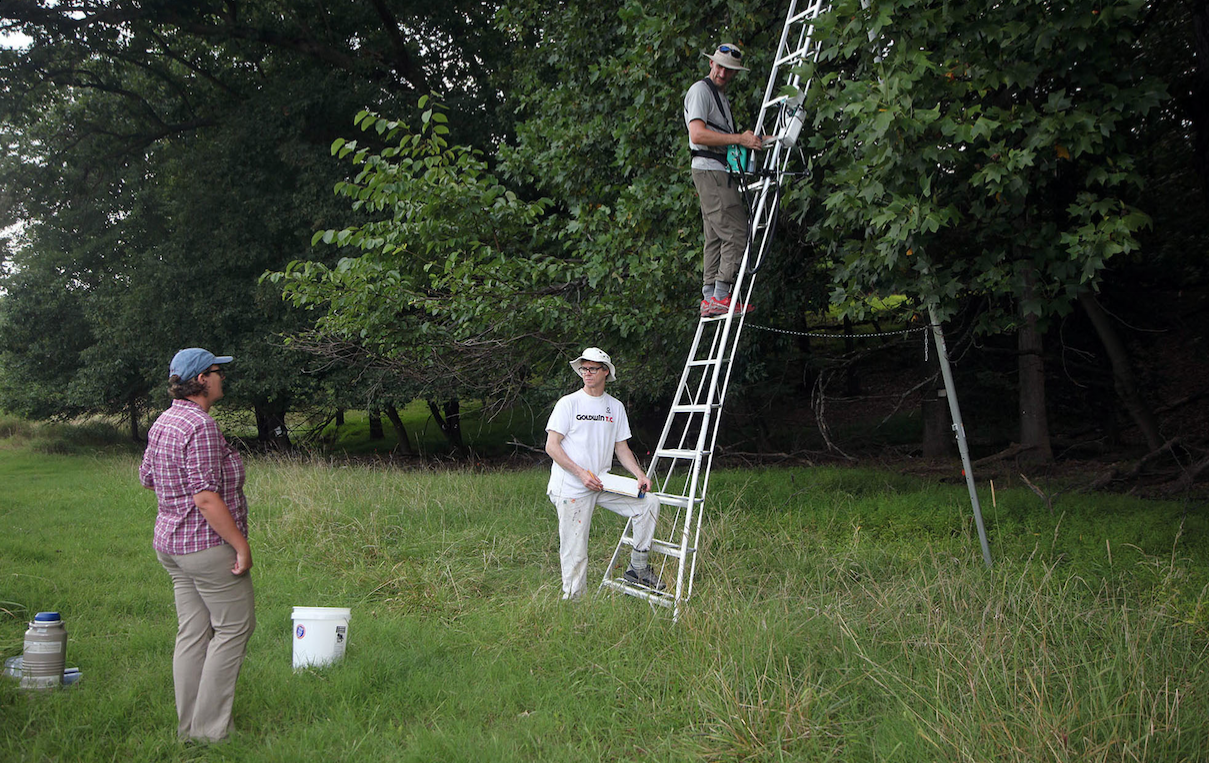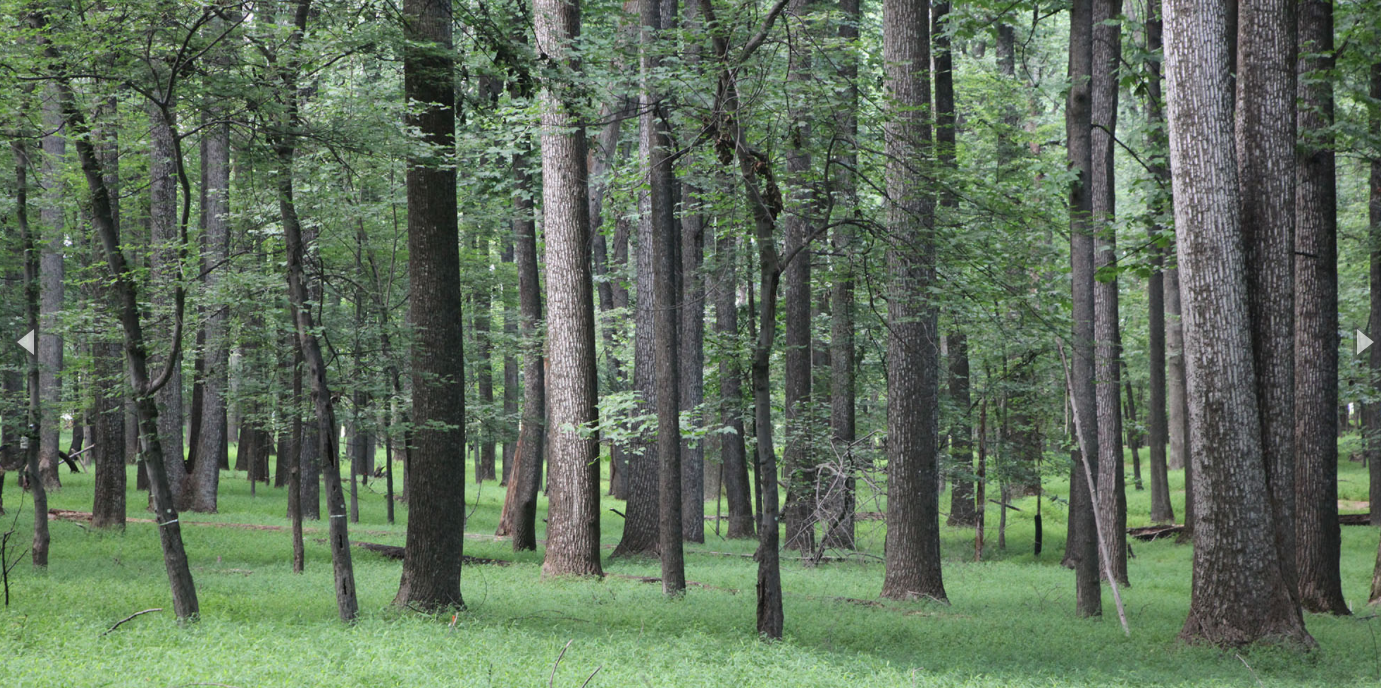Bowdoin and Government Scientists Collaborate to Measure Photosynthesis
By Tom Porter
While on sabbatical last year, Professor of Biology Barry Logan struck up a fruitful working relationship with a Boston University colleague that led to a multi-year project with government scientists to learn more about photosynthesis—the process by which plants use sunlight to grow and produce oxygen. The importance of the project, said Logan, was reflected in the fact that it was recently featured on the home page of an enormous government agency.
“During a visit to the Arnold Arboretum in Boston I met Lucy Hutyra, who works in remote sensing at BU’s Department of Earth and Environment,” he said. “She invited me to join a proposal she was writing to work with the National Institute of Standards and Technology (NIST) to develop new ways of measuring photosynthesis. NIST are the folks who tell us exactly what a kilogram is, or a meter, so they’re really into measuring things, often using very sophisticated techniques. And they have a sixty-acre research forest at their headquarters in Maryland, just outside Washington, DC. This was a great opportunity!”
Logan and the team spent part of the summer there, working on developing a new, advanced way of gauging rates of photosynthesis by looking at solar induced fluorescence (SIF), which refers to the faint infrared light produced by plants when they’re photosynthesizing.

While Hutyra and her NIST colleagues were using remote sensors to take large-scale measurements from a distance (sometimes from the air), Logan, with the help of Bowdoin laboratory instructor Jaret Reblin, collected data on leaves of individual trees to make comparisons.
“It’s sometimes referred to as ‘groundtruthing,’” said Logan. “A lot of what we’re doing is fundamental plant physiology, which on its own might not be especially novel, but when used in tandem with these remote sensing efforts, could lead to advancements and opportunities.”
Logan said the project, in which he hopes to involve Bowdoin students next year, has enormous potential. “Using satellite data, for example, it could help researchers measure more precisely the productivity of large areas of farmland or forest, something which would be of great help to the agricultural sector and global change ecologists alike.”



